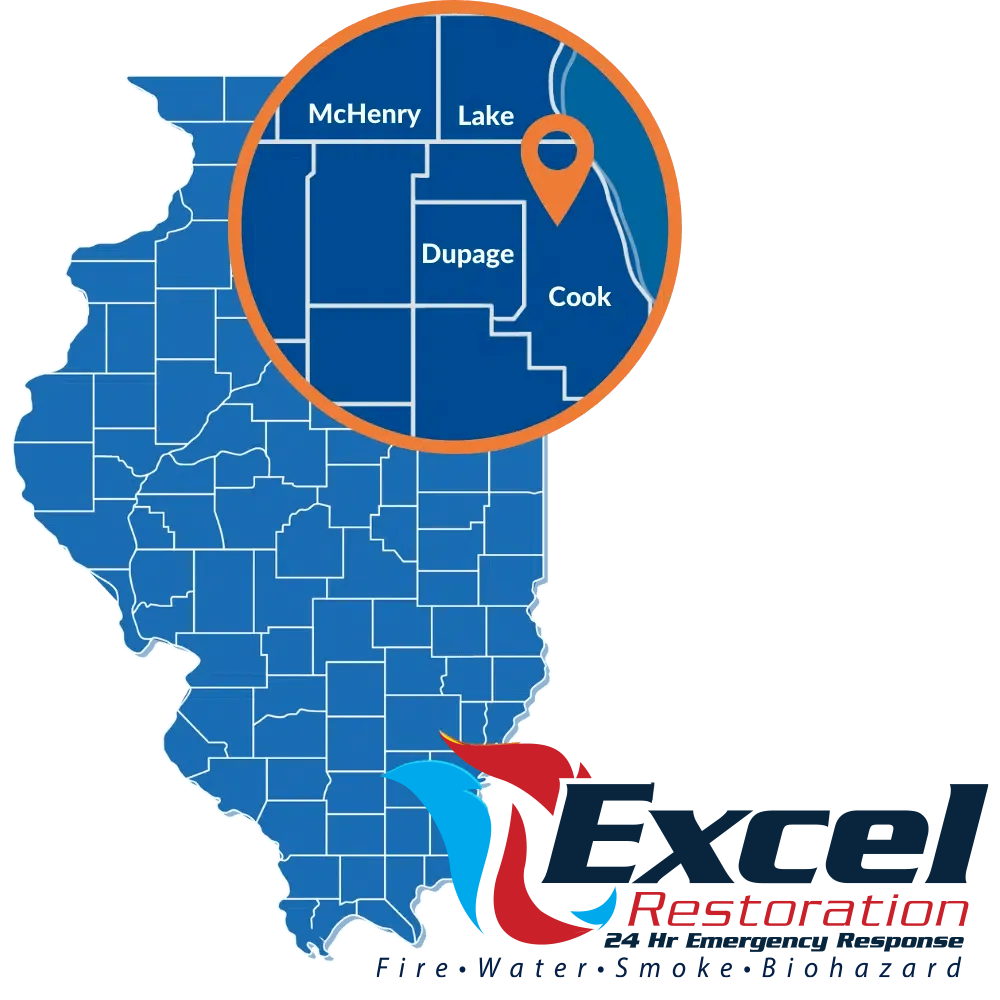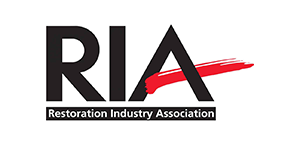Ever seen a water stain on your ceiling and wondered if it’s a big deal? Ceiling leaks are more than just a mess; they can mean serious problems inside your home. But, how do you know if you need to call for help or just check it yourself?
Ceiling leaks can weaken your home’s structure and cost a lot to fix if not fixed fast. Spotting a big leak early can stop bigger problems later. Signs of a serious leak include constant water, big stains, and damage to your furniture. It’s important to act fast to keep your home safe and avoid bigger damage.
Key Takeaways
- Water stains often indicate roof leaks, specially after heavy rain.
- A growing or wet damp spot suggests an ongoing leak needing prompt attention.
- Mold growth is a serious health hazard associated with untreated leaks.
- Immediate recognition and repair can prevent extensive and costly damage.
- Professional inspections are key for finding and fixing serious leaks.
Signs of Serious Ceiling Leaks
Spotting serious ceiling leaks early can save you from costly repairs. Homeowners should watch for signs to avoid a ceiling leak emergency. This helps prevent water damage to your ceiling.
Water Stains and Discoloration
Water stains and discoloration are common signs of leaks. These stains look like yellow or rust patches. They can show an active leak or past damage.
Mold Growth and Musty Smells
Mold growth or musty smells are big warnings. Mold can grow fast after water exposure. It’s a sign of a leak and excess moisture.
Quick action is needed to fix the mold and leak. This stops further damage and health risks.
Sagging or Bowing Ceilings
A sagging or bowing ceiling is a serious sign. It means water has caused the ceiling to buckle. This is dangerous and needs immediate fixing.
A bulging ceiling means too much water. It’s a serious problem that must be fixed fast.
Peeling or Bubbling Paint
Peeling or bubbling paint is another sign of water damage. Moisture makes the paint lose adhesion. This is not only ugly but also harmful.
If you see this, get a professional to check it out. They can help fix the problem for good.
Common Sources of Ceiling Leaks
Ceiling leaks can come from many places, each needing different fixes. Knowing the main reasons for ceiling leaks helps prevent them.
Leaking Roof
Roof damage is a top cause of ceiling leaks. Cracks, loose flashing, and bad valley seals let water in. Older roofs, worn down by nature, are more likely to have these issues. Keeping an eye on your roof can stop many leaks.
Plumbing Issues
Plumbing problems also lead to ceiling leaks. Old pipes, rust, and bad installation cause leaks. These leaks can be tricky and spread a lot. Fixing these leaks fast helps avoid big water damage and keeps your home strong.
Faulty Gutters and Downspouts
Bad gutters and downspouts cause water to pool, leading to leaks. About 75% of homes face gutter problems. Keeping gutters clear helps water flow away from your home.
Condensation Problems
Condensation in attics can look like a leak. High humidity causes moisture, which looks like a leak. Up to 40% of attics have moisture issues. Good ventilation helps control humidity and prevent leaks.
Spotting and fixing these leak sources early saves money and time. Regular checks and upkeep are vital for a leak-free home.
How do you know if a ceiling leak is serious?
Knowing if a ceiling leak is serious is key to avoiding big damage and expensive fixes. Spotting certain signs early can help homeowners act fast. This way, they can fix the leak and prevent more harm.
Visible Cracks in Ceiling or Walls
Seeing cracks in the ceiling or walls is a warning sign. These cracks show that water has weakened the structure. Fixing these issues quickly can stop more damage.
Persistent or Expanding Leak
If a leak keeps coming back or gets bigger, it’s a big problem. Water keeps getting in, causing more damage. This means you need to fix it thoroughly to avoid even more damage.
Damage to Flooring and Furniture
Leaks can get worse and harm your floors and furniture. This damage increases repair costs and risks your home’s safety. Mold and mildew can grow fast, posing health risks.
So, knowing when a leak is serious and acting fast can save money and protect your home and health. Quick action can cut repair costs by up to 30% compared to waiting.
Conclusion
Spotting ceiling leaks early is key to keeping your home safe. Signs like water stains, mold, and sagging ceilings mean trouble. Catching these issues early can save you from expensive repairs.
Ignoring leaks can cost over $5,000. This shows why fixing leaks fast is smart. Regular checks for leaks are important.
Leaks often come from roof, plumbing, or gutter problems. Roof leaks hit 20% of homes each year. Keeping moisture in check can cut mold risk by 90%.
Fixing leaks quickly helps your home’s air stay clean. Mold and moisture can harm up to 50% of indoor spaces.
Fixing leaks is more than saving money. It keeps your family healthy. Mold can grow in 48 hours, harming kids, seniors, and those with health issues.
Regular checks and quick action are vital. They keep your home safe and sound.

















